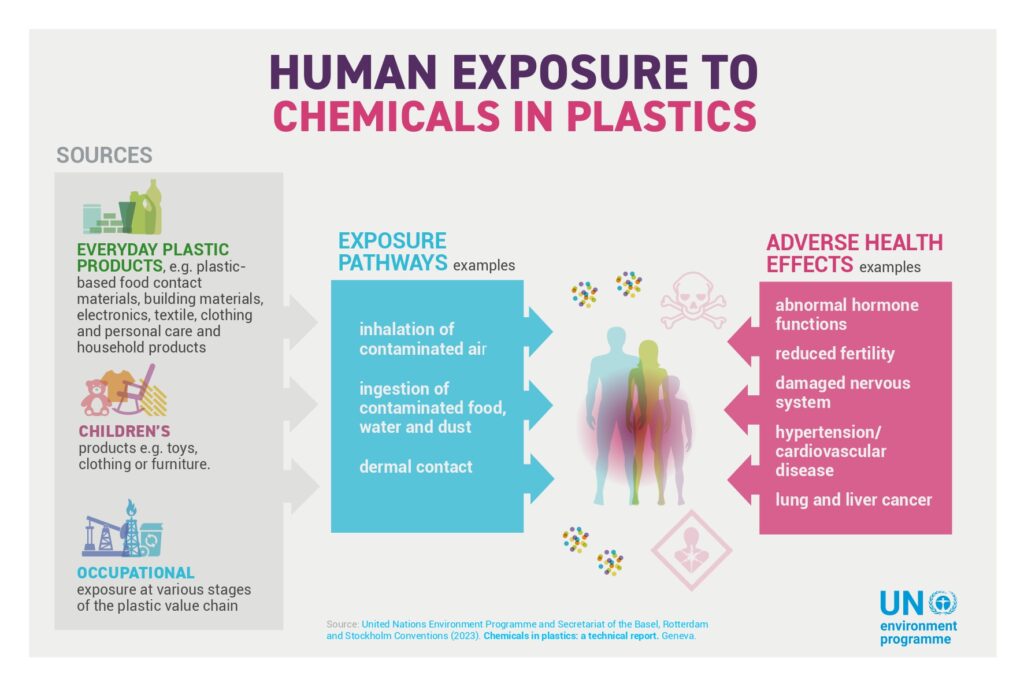
Have you ever wondered if plastic contains calories? It might seem like a strange question, but the idea of plastic as food or a source of energy can be confusing. This article aims to clarify the relationship between plastic and calories, explaining why how many calories are in plastic is a nonsensical query. We’ll delve into the nature of plastic, the concept of calories, and the human digestive system to provide a definitive answer.
This article will explore what plastic is made of, how calories are derived from food, and why our bodies cannot process plastic for energy. We’ll also address the misconception that plastic could be edible and discuss the potential dangers of ingesting it.
What is Plastic?
Plastic is a synthetic material created through a chemical process involving polymers. These long chains of molecules are arranged in specific structures, giving plastic its diverse properties like flexibility, durability, and resistance to heat and water. Different types of plastics exist, each with unique characteristics determined by the type of polymer used and additives incorporated during manufacturing.
Plastic’s versatility has led to its widespread use in countless applications, from packaging and construction materials to electronics and medical devices. However, this ubiquity also raises concerns about plastic pollution and its impact on the environment.
Calories Explained
Calories are units of energy that our bodies obtain from food. They represent the amount of energy required to raise the temperature of one gram of water by one degree Celsius. When we consume food, our digestive system breaks it down into smaller molecules that can be absorbed and used for various bodily functions, including movement, growth, and repair.
Carbohydrates, fats, and proteins are the primary sources of calories in our diet. Each macronutrient provides a different number of calories per gram: carbohydrates and proteins provide 4 calories per gram, while fats provide 9 calories per gram. Vitamins and minerals, on the other hand, do not contribute to calorie intake.
Plastic and Digestion
Our digestive system is designed to break down food into usable nutrients. It involves a complex series of processes, including chewing, swallowing, digestion in the stomach and small intestine, and absorption of nutrients into the bloodstream. However, plastic is indigestible.
The human body lacks the enzymes necessary to break down the long polymer chains that make up plastic. When we ingest plastic, it passes through our digestive system largely intact, potentially causing blockages or irritation.
Potential Dangers of Ingesting Plastic
While our bodies cannot digest plastic, ingesting it can pose several health risks. Small pieces of plastic can accumulate in the intestines, leading to discomfort, constipation, and even intestinal obstruction. Larger pieces may cause more serious complications, such as internal bleeding or perforation.
Furthermore, some plastics contain harmful chemicals that can leach into the body when ingested. These chemicals can disrupt hormone function, damage organs, and increase the risk of certain diseases.
Nutritional Value of Plastic
Does plastic have calories? The answer is a resounding no. Plastic does not contain any nutrients or energy-providing components. It is essentially inert material that our bodies cannot utilize for fuel or growth.
Consuming plastic will not provide any nutritional benefits and can actually be detrimental to health.
Is Plastic Edible?
No, plastic is absolutely not edible. It is designed to be durable and resistant to degradation, which makes it unsuitable for consumption. Ingesting plastic can lead to serious health problems as discussed previously.
It’s crucial to remember that plastic is a manufactured material and should never be treated as food.
Conclusion
The question of how many calories are in plastic highlights the fundamental difference between synthetic materials and natural foods. Plastic lacks the essential nutrients and energy-providing components found in food. Our bodies are incapable of digesting plastic, and ingesting it can pose significant health risks.
It’s important to understand that plastic is not a source of calories or nutrition and should never be consumed.
